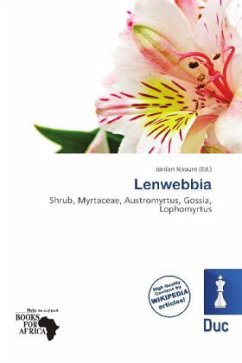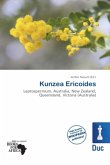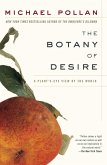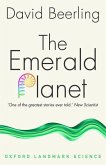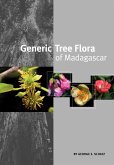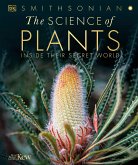Please note that the content of this book primarily consists of articles available from Wikipedia or other free sources online. All species were formerly classified in the genus Austromyrtus. Lenwebbia is distinct from Austromyrtus and Gossia in having four petals rather than five. Anatomical (Snow et al. 2003) and genetic analyses (Salywon et al. 2004) have placed Lenwebbia as the sister genus to Lophomyrtus from New Zealand.L. lasioclada is disjunct in northern New South Wales-southern Queensland and northeastern Queensland.L. prominens is found in rainforests accociated with the Tweed Volcano in Northern NSW and SE Queensland.The volcanic stratigraphy of the Tweed Volcano is similar to many other hot spot volcanoes around the world. Eruptions of tholeiitic and some alkaline basalts are the oldest recognised units derived from the volcano. These are named the Lismore/Beechmont Basalt in New South Wales and Queensland respectively. There are numerous flows recorded which may have been erupted erreguarly as soil profiles and lacustrine type rock units are occasionally found within the rock unit.
Bitte wählen Sie Ihr Anliegen aus.
Rechnungen
Retourenschein anfordern
Bestellstatus
Storno

